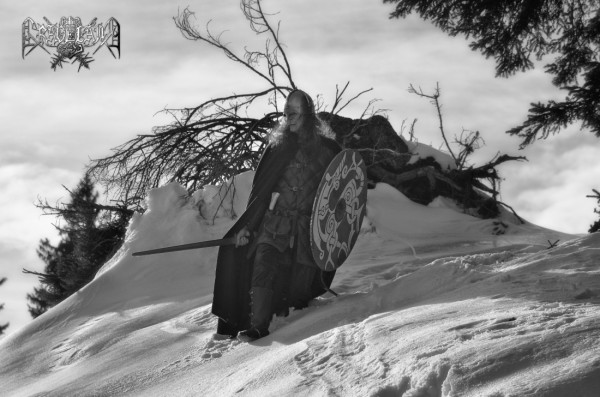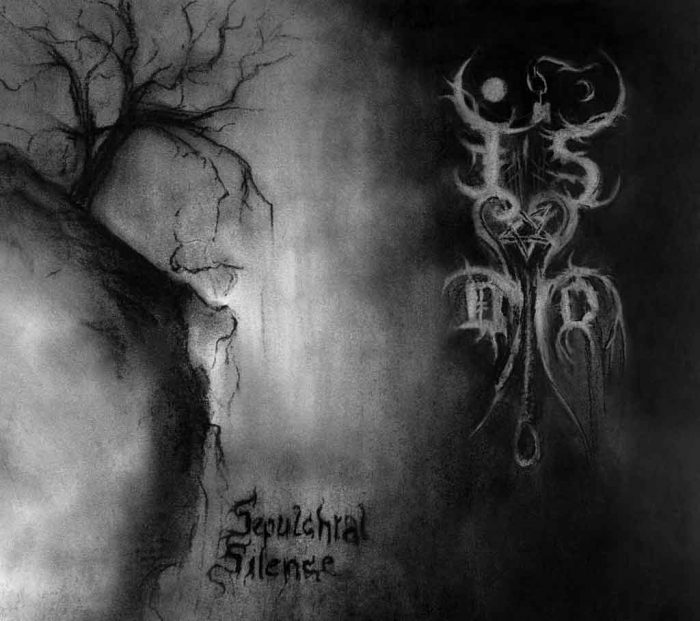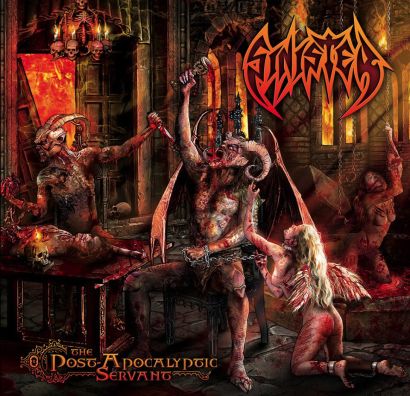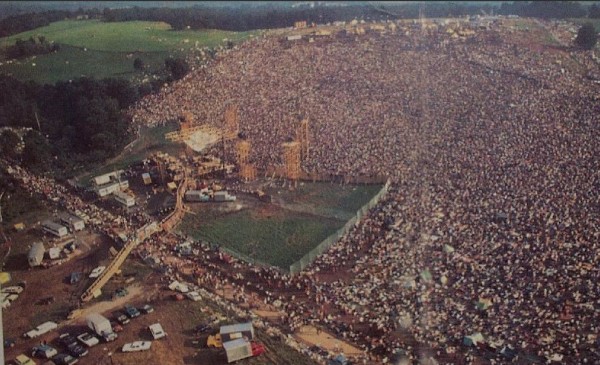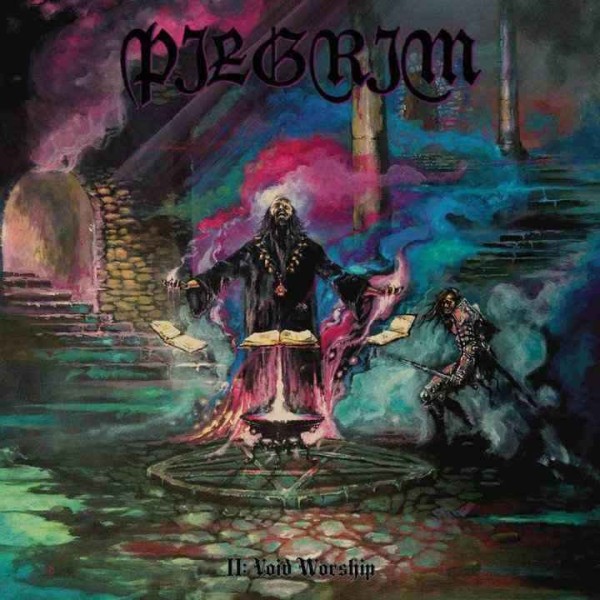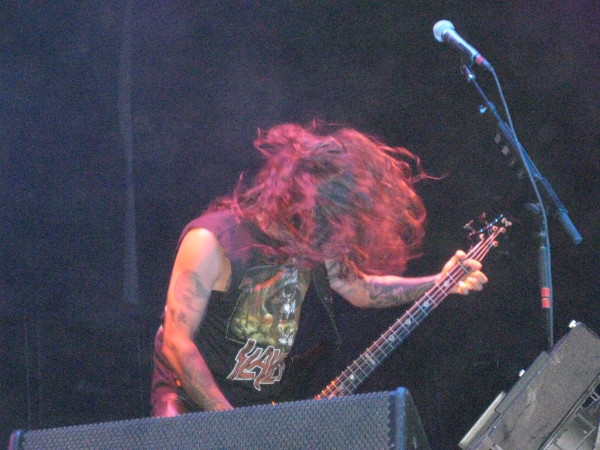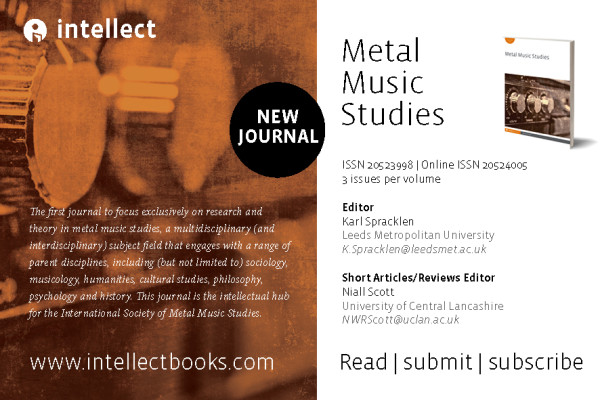Some have wondered — including part of our older staff — as to why we don’t feature the newer-styled black metal acts like Drudkh, Blazebirth Hall, and the like here on DeathMetal.org. Our answer is simple: they’re part of the same distraction that killed black metal.
It is in fact an illusion to argue that black metal still exists. Rather, something exists that uses the name of black metal, but it’s not really related to it musically or artistically. In the underground, it’s mostly punk-based bands or the above type of flowing black metal. Above that, it’s DeafHeaven: shoegaze/emo/indie with pretenses of being socially unacceptable.
We all know how it got this way. In 1994, the momentum ran out. The original guys who made death metal and black metal had each had their say and were bogged down in band politics, label economics and personal life decisions (stay with band, or be able to afford food). It was clear there was not much money in underground metal as a career.
However the following years showed us a simple truth: people were afraid of underground metal. Thus an internship in underground metal before going on to a career in a different genre could be quite lucrative. It was “street cred” of a comparable level of being in a gangster hip-hop group. Thus the gates opened, and in flowed the herd, bringing with them their disease.
On the underground side of things an interesting transformation took place. The original black metal emphasized a kind of intensity that could not be replicated. So bands aimed for the next best things, which was to take that surface and put candy-metal underneath it. Specifically, stuff like the following:
http://www.youtube.com/watch?v=SvWQQaCpte4
In general, these bands have one salient attribute: they use longer melodies but these melodies tend to be recursive instead of developing, giving them a sense of internal dialogue like meandering thoughts on a balmy day with a cool breeze, watching over a town and thinking idle notions.
Where did this style come from? Let’s recover the generations of black metal. It’s nonsense to say black metal existed before the 1984-1987 generation of Bathory, Hellhammer/Celtic Frost, Sodom and Sarcofago. Even then, those bands were not black metal per se so much as proto-underground metal sharing traits between death metal and black metal.
While others often mention Venom, Mercyful Fate and other early bands as being “black metal,” these were musically heavy metal acts not black metal at all. They may have been inspirations, but they shared no musical relation to what was to follow, and yet fit within the genre descriptions given to them if one ignores subject matter. Venom was NWOBHM right alongside Motorhead, and Mercyful Fate fit into the proto-speed metal generation that overlapped with NWOBHM and included Tank, Satan and Blitzkrieg.
After the proto-underground generation, most bands explored death metal because it had the most immediate possibilities. What defines death metal is that it turned riff salad into a narrative form and thus created a new type of progressive music that was progressive at the compositional level, but surely not at the mechanics! It was thus a perfect fusion of 1970s avant-prog (King Crimson) and the utter nihilism of punk (Discharge, Cro-Mags, Amebix). This fusion was apparent ever since Iggy and the Stooges and Black Sabbath kept one-upping each other with albums from the late 1960s through mid 1970s.
The first generation of black metal really came about in 1990 with Immortal. Bathory had developed fully with Blood, Fire, Death but had also regressed into the speed metal styles popular at the time. Immortal had a simple idea: take the approach of Blood, Fire, Death or Hammerheart and adapt the mechanics of 1985’s The Return to it. The result fused the extreme with the progressive-ish yet again, and from it was born Immortal’s first album. There was also a change in topic, spurred in part by the Odinic (Bathory) and occult (Slayer, Hellhammer/Celtic Frost) ideals of the past generation.
By 1991, it was clear that a new movement was afoot. Some of the best bands were hovering on the edges of this movement, making melodic death metal inspired by the previous generation of Swedes (At the Gates, Carnage), Norwegians (Cadaver, Molested) and Finns (Demigod, Amorphis, Demilich). In addition, there were “dark” bands like Merciless and Cemetary which essentially made older genres tinged with the mood and feeling of the new music. But during that fateful year, the early works of Burzum, Immortal, Darkthrone, and Mayhem were all tumbling onto the record racks, followed by Emperor, Gorgoroth and Enslaved.
The next generation defined itself as the space between the Emperor/Enslaved split, which really opened up black metal worldwide as people could easily understand this as an aesthetic, and Burzum’s Hvis Lyset Tar Oss. The former more resembled the horror movie music and progressive heavy metal of the time, and the latter changed black metal from something that vaguely fit into rock song-format into something entirely unrecognizable, a hybrid with ambient music and progressive avantgarde. But right in the middle of this generation something interesting happened.
http://www.youtube.com/watch?v=Iuq9TYbdSfE
Inspired in part by Burzum’s use of melodic development to underscore longer pieces like “My Journey to the Stars” and Emperor’s vast “Inno a Satana” in addition to the more theatrical works of Gorgoroth like “Sorg,” these bands made longer songs. However, their melodies were not designed to be distinctive as much to preserve a feeling in mid-air for as long as possible, so they tended to use recursive patterns within the melody. This and the fixed tremolo strum and background rhythm gave them a flowing effect, which Graveland exploited over a waltz beat for maximum detachment from modern ‘reality.’
Eventually, this culminated in the Ancient guys coming up with something that sounded like it could have come off of a Camel, Yes or Genesis album, but only if those bands were committed to death of humanity and restoration of a medieval order:
It was from this template that the Blazebirth Hall and related Slavic and Colombian bands derived their sound. However, they’d done something none of the original bands did: they removed the ambiguity, struggle, reverence and steadfastness that were part of the original, which itself derived them from 500 years of European proto-Romanticist thought.
In other words, made candy-metal. It’s no surprise mainstream industry linked this up to its closest pop music relation, shoegaze and emo/punk/indie, and quickly made a cheesefest out of it:
http://www.youtube.com/watch?v=t0dJqlvOSq4
http://www.youtube.com/watch?v=k-HdZ06Zsqw
Hint: this is what other kids were listening to in 1990-1995, if they hadn’t already gone for the full mainstream-fest of Nirvana and Pantera. The record labels knew this formula worked, just needed a stylish new outfit to put it in… so they recruited black metal. Interesting how both the underground and aboveground sold out in parallel.
16 CommentsTags: Black Metal, blazebirth hall, drudkh, flowing black metal
